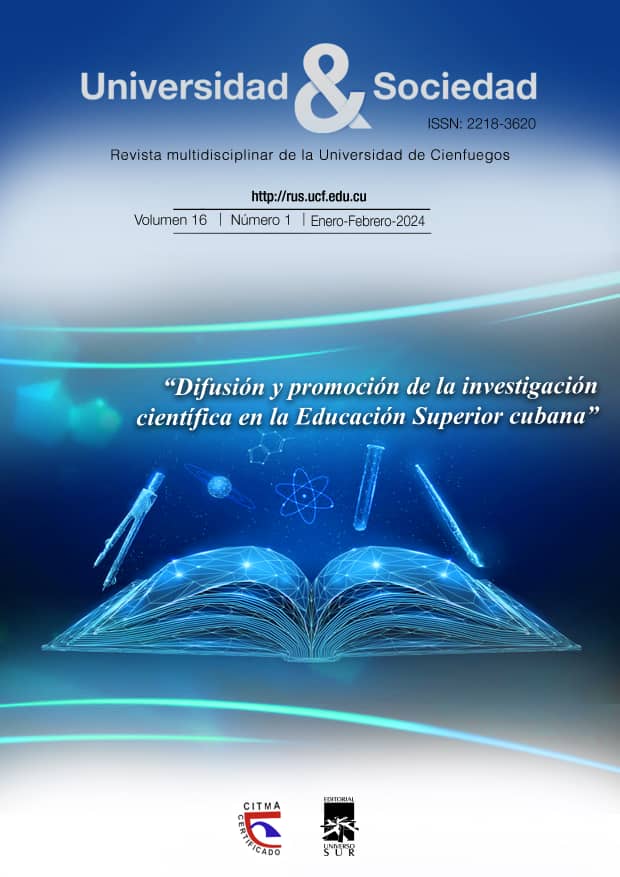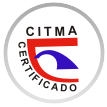Gamificación y desarrollo del aprendizaje en primero de básica: Unidad Educativa Jaime Roldós Aguilera
Resumen
La gamificación permite que el estudiante adquiera aptitudes necesarias para entender, expresar y regular de forma apropiada la apariencia emocional y aumentar la motivación. El objetivo de la investigación es desarrollar una estrategia didáctica basada en la gamificación para la lecto-escritura en estudiantes de primero de básica de la Unidad Educativa Jaime Roldós Aguilera. Se propone un enfoque cuantitativo, con tipo experimental, correlacionar y longitudinal. Se parte de una revisión teórica acerca de las experiencias y teorías desarrolladas para la gamificación y un diagnóstico con la aplicación de una lista de chequeo sustentada en los criterios expuestos por la prueba de lectura y escritura de Ricardo Olea a una población de 37 estudiantes. Se realiza la validación del instrumento con la aplicación de las pruebas de Alpha de Cronbach y R cuadrado (software SPSS V25) con resultados de 0.909 y 1,00 respectivamente. La lista se aplica antes y después de la estrategia, la primera como diagnóstico, la segunda, como evaluación. La prueba de correlación aplicada por el Coeficiente de Pearson permitió comprobar la relación existente entre los resultados del aprendizaje para la lectura y la escritura respecto a las variables a considerar en la estrategia. Se demuestran los resultados positivos relevantes en la aplicación de la estrategia por la comparación de las variables seleccionadas con diferencia significativa entre los valores medios, comprobados con la prueba ANOVA, nivel de significancia igual a 0,0018<0,05, por lo que la gamificación contribuyó a mejorar los niveles de lectoescritura.
Palabras clave:
Gamificación, enseñanza - aprendizaje, lectoescritura, estrategia didáctica.
ABSTRACT
Gamification allows the student to acquire the skills necessary to understand, express and appropriately regulate emotional appearance and increase motivation. The objective of the research is to develop a didactic strategy based on gamification for reading and writing in first grade students of the Jaime Roldós Aguilera Educational Unit. A quantitative approach is proposed, with an experimental, correlation and longitudinal type. The starting point is a theoretical review of the experiences and theories developed for gamification and a diagnosis with the application of a checklist based on the criteria set forth by Ricardo Olea's reading and writing test to a population of 37 students. The validation of the instrument is carried out with the application of Cronbach's Alpha and R square tests (SPSS V25 software) with results of 0.909 and 1.00 respectively. The list is applied before and after the strategy, the first as a diagnosis, the second as an evaluation. The correlation test applied by the Pearson Coefficient allowed us to verify the relationship between the learning results for reading and writing with respect to the variables to be considered in the strategy. The relevant positive results in the application of the strategy are demonstrated by the comparison of the selected variables with a significant difference between the mean values, verified with the ANOVA test, significance level equal to 0.0018 <0.05, so the Gamification contributed to improving literacy levels.
Keywords:
gamification, teaching – learning, didactic strategy
Publicado
Cómo citar
Número
Sección
Licencia
Derechos de autor 2024 Editorial "Universo Sur"

Esta obra está bajo una licencia internacional Creative Commons Atribución-NoComercial-SinDerivadas 4.0.
La editorial "Universo Sur", de la Universidad de Cienfuegos, publica el contenido de la Revista "Universidad y Sociedad" bajo una Licencia Creative Commons Atribución-NoComercial-SinDerivar 4.0 Internacional.
© Podrá reproducirse, de forma parcial o total, el contenido de esta publicación, siempre que se haga de forma literal y se mencione la fuente.










